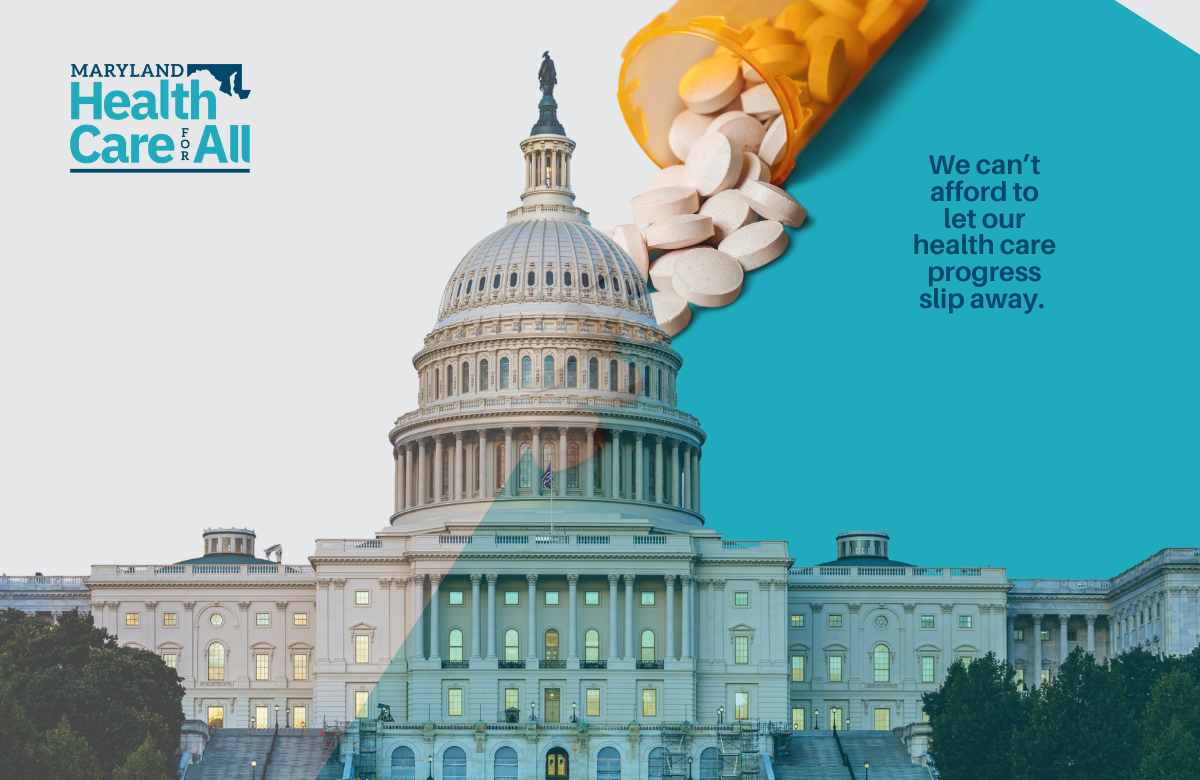New York Times Blog
December 17, 2015
Maryland increased its liquor taxes in 2011 and a sharp decrease in the rate of new gonorrhea infections immediately followed. Researchers have determined that the two events are closely linked.
The study, in The American Journal of Preventive Medicine, used three control groups to exclude other explanations for the decline. The first control group included all states that did not change alcohol taxes. The second group looked at states that did not share a border with Maryland, in order to avoid bias from people buying liquor in nearby states where the taxes were lower. And the third group eliminated states in which the government has a monopoly on hard liquor sales, since prices may rise in those states even without an increase in taxes.
In 2011, the Maryland liquor tax rose to 9 percent from 6 percent. After the increase, Maryland’s gonorrhea rate declined by 24 percent — the equivalent of 1,600 cases per year. There was no decrease in the control states.
The authors suggest that decreased alcohol consumption decreases sexual risk-taking, including unprotected sex, casual sex and sex with new partners.
“Policy makers should consider raising liquor taxes if they’re looking for ways to prevent sexually transmitted infections,” said the lead author, Stephanie A.S. Staras, an assistant professor at the University of Florida College of Medicine. “In the year and a half following the alcohol tax rise in Maryland, this prevented 2,400 cases of gonorrhea and saved half a million dollars in health care costs.”
Last modified: December 17, 2015



